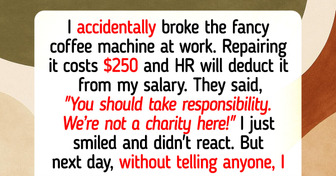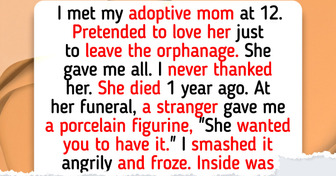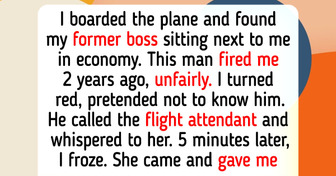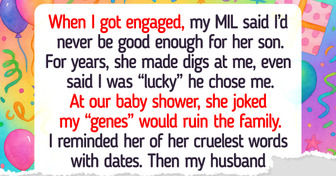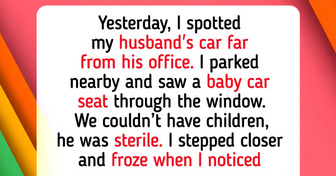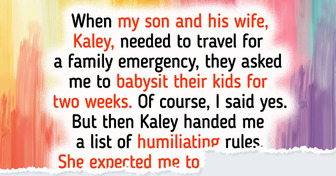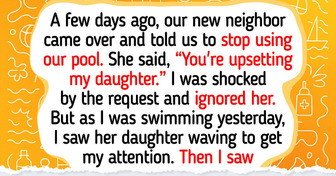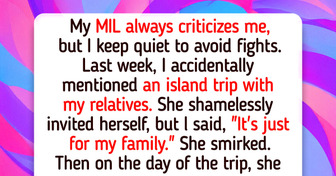15 People Who Were Caught in Awkward Situations
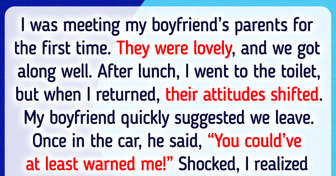
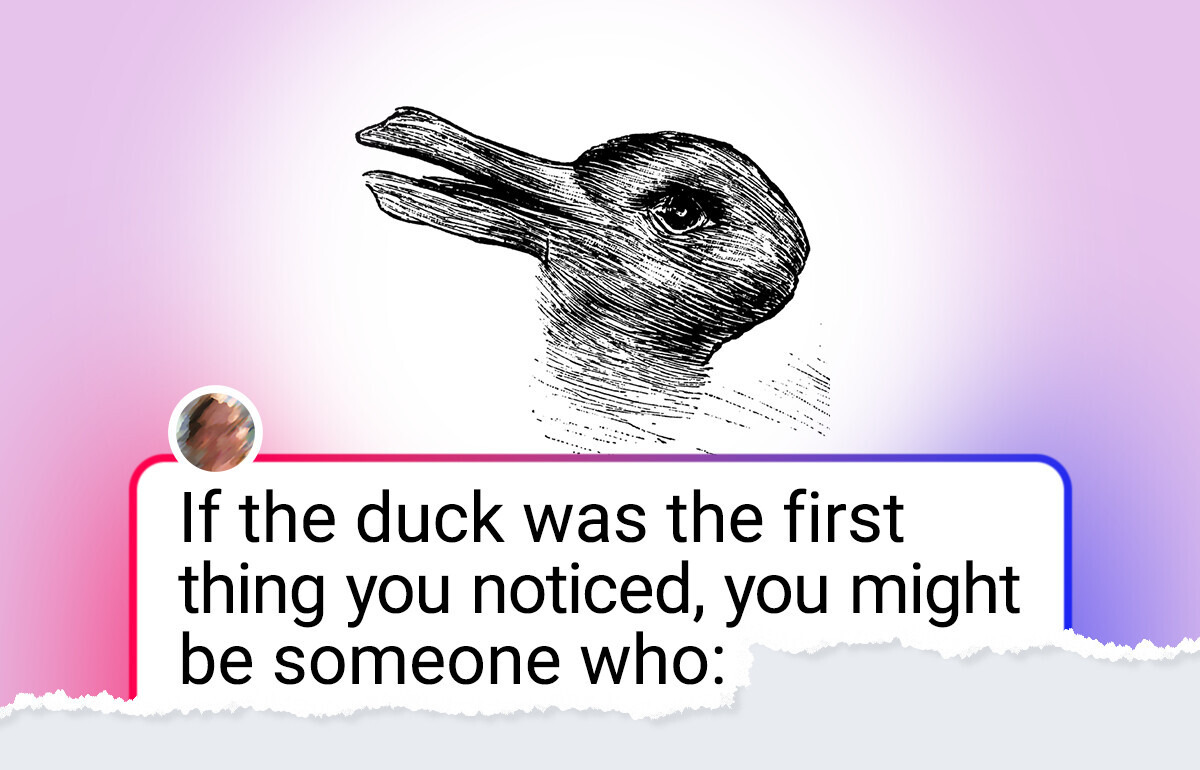
At first glance, it’s just a quirky sketch. But look again—do you see a duck, or is it a rabbit? This century-old image has puzzled and fascinated people for generations, and what you notice first could reveal something surprisingly insightful about how your brain works.
Before we dive into the science, take a moment to look at the image. What do you see first?
A duck facing left? A rabbit looking, right? Can you switch between the two?
Psychologists say this ability to flip perspectives is more than just a fun party trick—it’s a glimpse into your cognitive style and mental flexibility.
The Duck—Rabbit illusion is a classic example of an ambiguous image—a picture that can be interpreted in more than one way. First published in 1892 in the German humor magazine Fliegende Blätter. Then, American psychologist Joseph Jastrow used the drawing for the first time to emphasize that perception is not only connected to the eyes, but also a mental activity.
The illusion has been used in psychological studies for over a century to explore visual perception, creativity, and even problem-solving.
According to a study published in the British Journal of Psychology, people who can quickly switch between seeing the duck and the rabbit in the image tend to perform better on tasks requiring cognitive flexibility—the ability to adapt one’s thinking or perspective. This mental agility is often linked to divergent thinking, a key component of creative problem-solving.
So, if you were able to flip between the two animals with ease, it might reflect a brain that’s quick to adapt and skilled at seeing things from multiple angles.
So, what does it mean if you see a duck first—or a rabbit?
While it’s not a strict personality test, some researchers believe your first interpretation may reflect your general thinking habits.
If the duck was the first thing you noticed, you might be someone who:
If the rabbit caught your eye first, your mind may naturally gravitate toward imaginative and holistic thinking. You might be someone who:
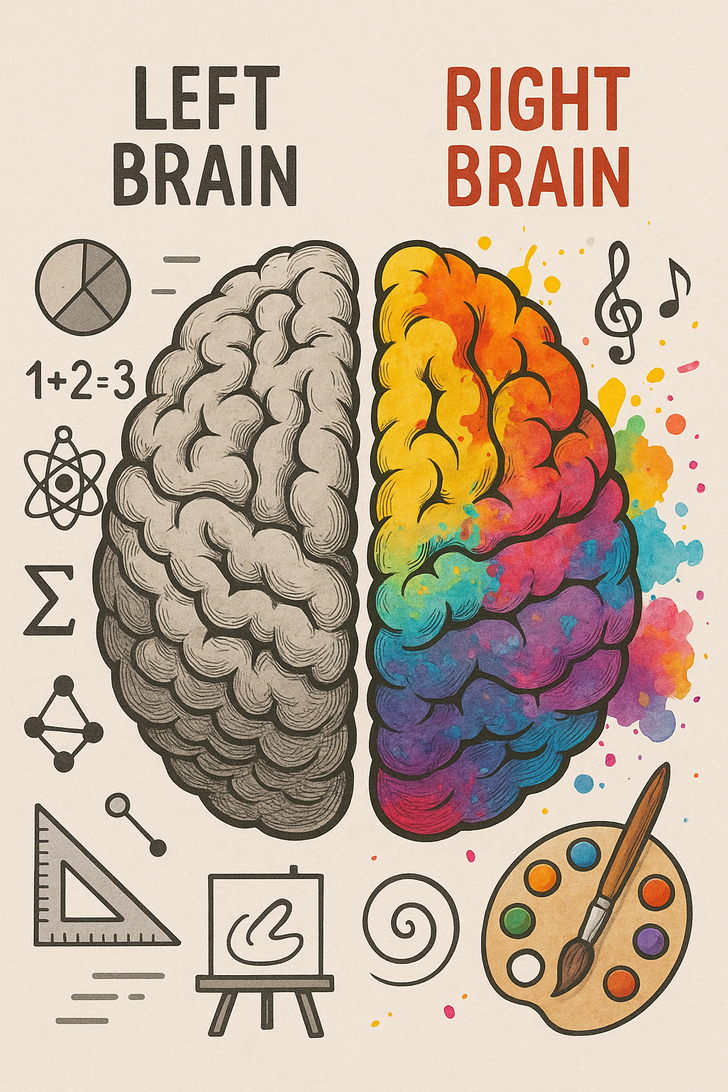
But remember—it’s not about which animal is better. What really matters is whether you can see both and how easily you can switch.
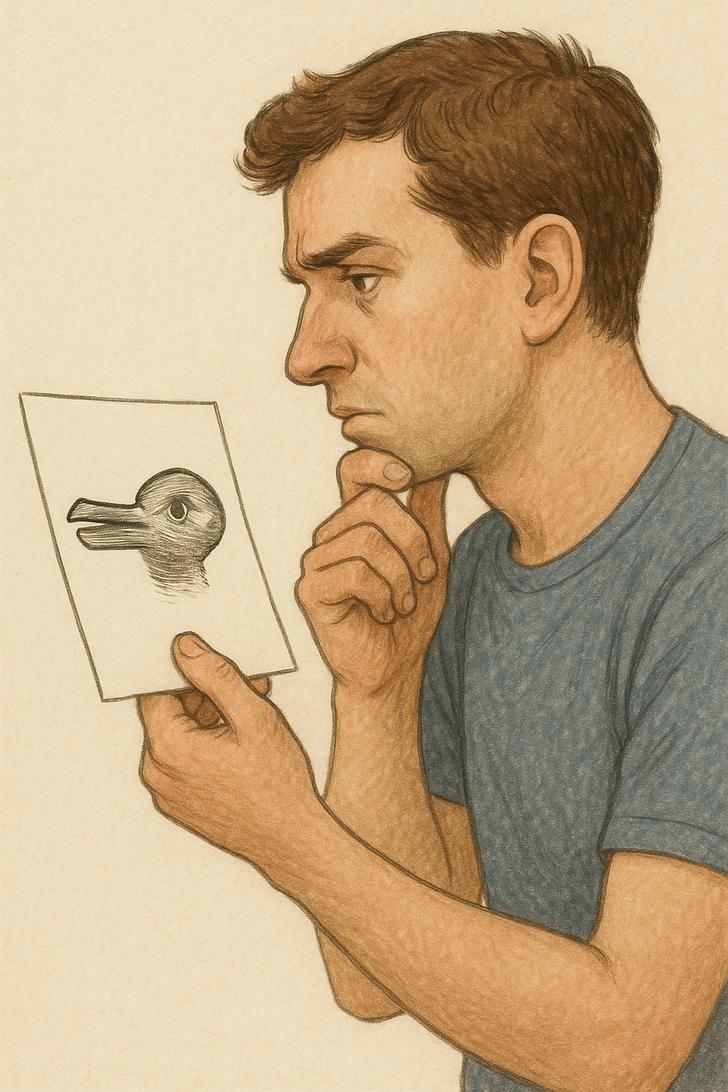
This illusion has also been a tool for exploring Gestalt psychology, which emphasizes how we perceive whole images rather than isolated parts. The Duck—Rabbit sketch shows how our brains make fast assumptions, influenced by context, experience, and even the time of year (more people see a rabbit around Easter, and a duck in autumn).
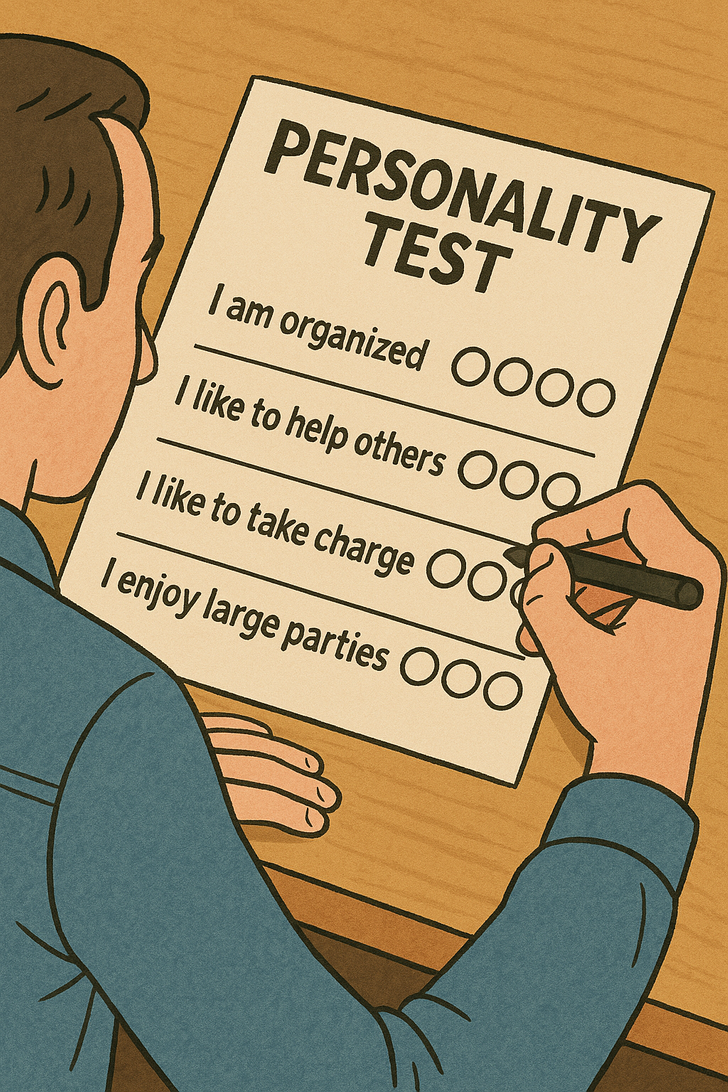
Not exactly. While fun and revealing, the Duck—Rabbit illusion isn’t a clinical diagnostic tool. Still, it’s used in philosophy and psychology classrooms to spark conversations about how we interpret the world.
The famous philosopher Ludwig Wittgenstein used this very image to illustrate how our perception isn’t just about what we see—it’s about how we see it. In other words, our brains aren’t cameras. They’re storytellers.
Seeing one animal before the other isn’t a sign of being “right” or “wrong.” It’s a quick flash of your cognitive tendencies, shaped by everything from how you read to how you problem-solve.
The real question is: how fast can you shift your perspective?
If you can flip between the duck and rabbit effortlessly, science suggests you’re probably good at reframing problems, adapting to change, and seeing the world from more than one angle.
If you want to challenge your eyes and brain, check this article to see more visual illusions.


